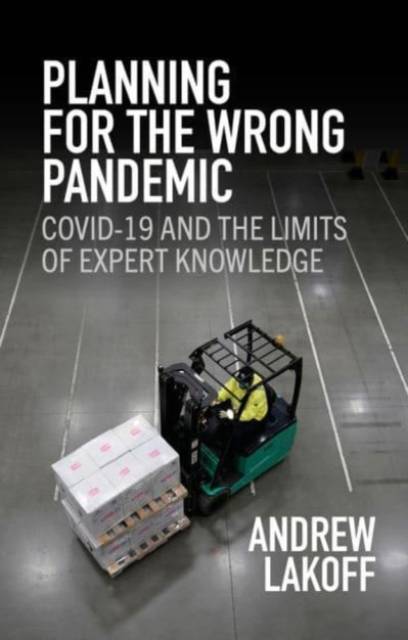
- Retrait gratuit dans votre magasin Club
- 7.000.000 titres dans notre catalogue
- Payer en toute sécurité
- Toujours un magasin près de chez vous
- Retrait gratuit dans votre magasin Club
- 7.000.0000 titres dans notre catalogue
- Payer en toute sécurité
- Toujours un magasin près de chez vous
Planning for the Wrong Pandemic
Covid-19 and the Limits of Expert Knowledge
Andrew LakoffDescription
The fractious and disorganized governmental response to the coronavirus pandemic in the United States prompted many observers to ask why the country ‒ which had the knowledge, resources, and plans to deal with such an event ‒ was caught so unprepared when the crisis struck.
In fact, as Andrew Lakoff shows, US officials had been planning for a pandemic for more than two decades, and many of these plans were implemented in the early stages of the pandemic. As authorities responded to the crisis, they relied on an already formulated set of concepts and tools that had been devised for managing a future emergency. These preexisting tools enabled officials to make sense of the event and to rapidly implement policies in response, but they also led to significant blind spots.
What did these planning tools allow officials to see, and what did they hide from view? And, as we assess the failures in our response to the pandemic and attempt to prepare for "the next one," to what extent should we take for granted the capacity of these tools to guide future interventions effectively?Spécifications
Parties prenantes
- Auteur(s) :
- Editeur:
Contenu
- Nombre de pages :
- 150
- Langue:
- Anglais
Caractéristiques
- EAN:
- 9781509557271
- Date de parution :
- 11-09-24
- Format:
- Livre relié
- Format numérique:
- Genaaid
- Dimensions :
- 145 mm x 221 mm
- Poids :
- 317 g

Les avis
Nous publions uniquement les avis qui respectent les conditions requises. Consultez nos conditions pour les avis.






